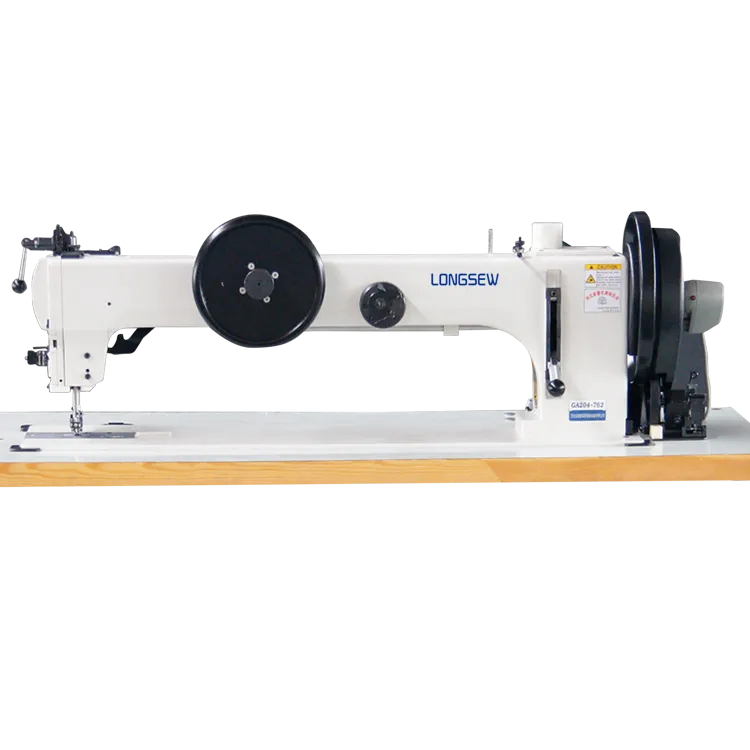two thread chain stitch
The Two Thread Chain Stitch A Comprehensive Overview
The two-thread chain stitch is an essential sewing technique that has garnered attention in both industrial and domestic applications. This stitch is characterized by its unique structure, providing a combination of durability and elasticity, making it particularly suitable for fabrics and materials that require some stretch, such as knits and activewear. In this article, we will delve into the mechanics of the two-thread chain stitch, its advantages, applications, and tips for efficient use.
Understanding the Two-Thread Chain Stitch
At its core, the two-thread chain stitch is created using two threads. One thread is the needle thread, while the second thread is the looper thread, which creates a chain on the underside of the material. This unique interlocking mechanism allows the stitch to be both strong and flexible. When viewed from the right side of the fabric, the stitch appears as a straight line, while the underside shows a series of chains.
The process of sewing with a chain stitch involves passing the needle thread through the fabric while simultaneously looping the looper thread. The machine used for this stitch is often a special type of serger or overlock machine, which is designed explicitly for this purpose. This technique allows for high-speed sewing, making it ideal for mass production settings.
Advantages of the Two-Thread Chain Stitch
One of the primary advantages of the two-thread chain stitch is its elasticity. This feature is particularly beneficial when working with stretch fabrics, as it allows seams to move with the fabric rather than creating tension that could lead to breakage or distortion. Additionally, the stitch is relatively quick to produce, which is advantageous in a production environment where time and efficiency are critical.
Another significant benefit is the stitch's durability. The interlocked nature of the thread configuration provides excellent resistance to unraveling, making the two-thread chain stitch a reliable choice for seams that undergo stress, such as in activewear, swimwear, and furniture upholstery. Furthermore, the stitch can withstand repeated wash and wear cycles, maintaining the integrity of the fabric over time.
Applications in Various Industries
The two-thread chain stitch finds applications across a wide range of industries. In the garment manufacturing sector, it is often employed for sewing hems, attaching elastics, and constructing sportswear. The stretchability of the stitch makes it a favorite for clothing that requires a snug fit without compromising comfort.
In the home sewing domain, enthusiasts appreciate the two-thread chain stitch for its versatility. It can be utilized for seams that need a lot of movement, making it perfect for projects like t-shirts, leggings, and other casual apparel.
two thread chain stitch

The stitch is also commonly used in the furniture industry, particularly in upholstery applications where durable seams are essential. The two-thread chain stitch helps maintain the structure of upholstered items, ensuring that they remain intact even under extensive use.
Tips for Using the Two-Thread Chain Stitch
To maximize the effectiveness of your two-thread chain stitch, consider the following tips
1. Choose the Right Fabric While the two-thread chain stitch works well with various materials, it particularly excels on stretchy fabrics. Ensure that the fabric is compatible with the elastic nature of the stitch.
2. Adjust the Tension Proper tension settings on your sewing machine are crucial for achieving the desired stitch quality. Too much tension can result in puckering, while too little can cause unraveling.
3. Practice on Scraps Before beginning your project, practice on fabric scraps to get a feel for the machine settings and how the thread interacts with the fabric.
4. Use Quality Threads Invest in high-quality sewing threads that can handle the demands of your project, ensuring durability and reducing the risk of breakage.
5. Follow Up with a Finish If you are concerned about fraying, consider finishing the raw edges after sewing. Techniques such as serging or using a zigzag stitch can add an additional layer of security.
Conclusion
The two-thread chain stitch is a valuable technique that combines strength and stretch, making it a staple in both industrial and home sewing contexts. With its wide range of applications, understanding the mechanics and advantages of this stitch can significantly enhance the quality and durability of sewn products. Whether you are an experienced sewer or a novice, mastering the two-thread chain stitch will undoubtedly expand your sewing repertoire and improve your projects.
-
Industrial Cylinder Arm Sewing Machine: Revolutionizing Heavy-Duty SewingNewsJul.28,2025
-
Cylinder Arm Sewing Machine: Perfect for Special Sewing ApplicationsNewsJul.28,2025
-
Cylinder Bed Sewing Machine: Essential for Sewing Complex MaterialsNewsJul.28,2025
-
Heavy Duty Sewing Machine: The Essential Tool for Industrial ApplicationsNewsJul.28,2025
-
Computerized Pattern Sewing Machine: Revolutionizing Precision StitchingNewsJul.28,2025
-
Heavy Duty Industrial Sewing Machine: Power Meets PrecisionNewsJul.28,2025
-
Leather Sewing Machine: The Industrial Standard for Tough MaterialsNewsJul.18,2025





























